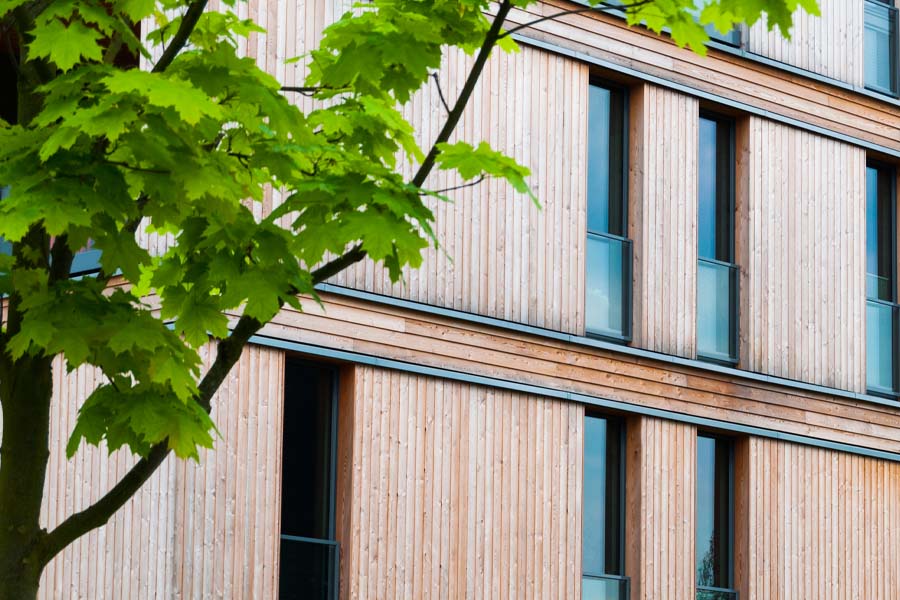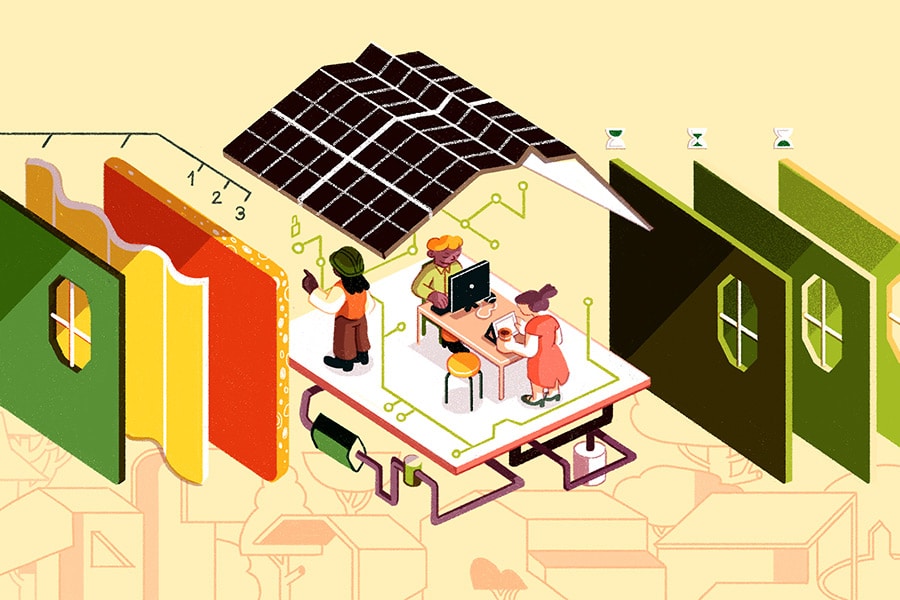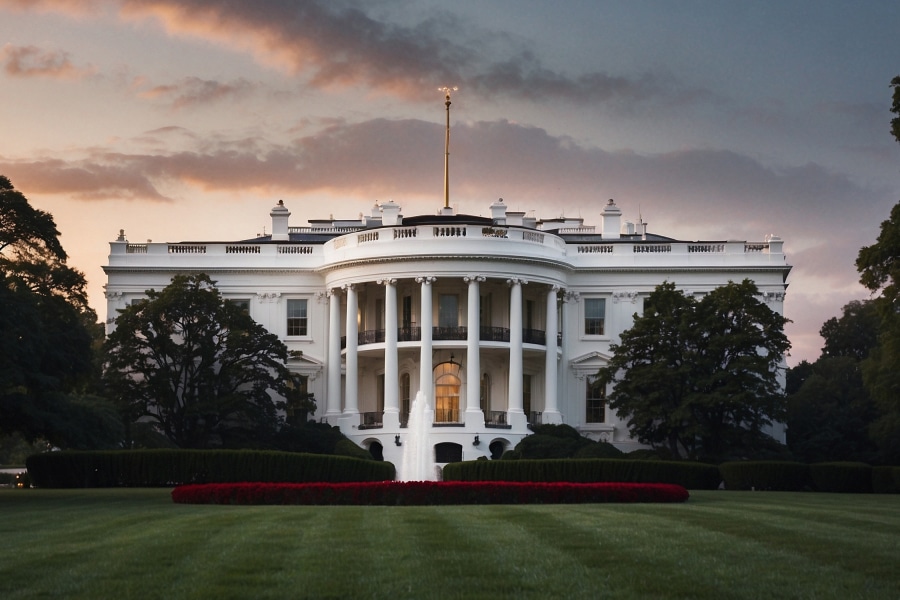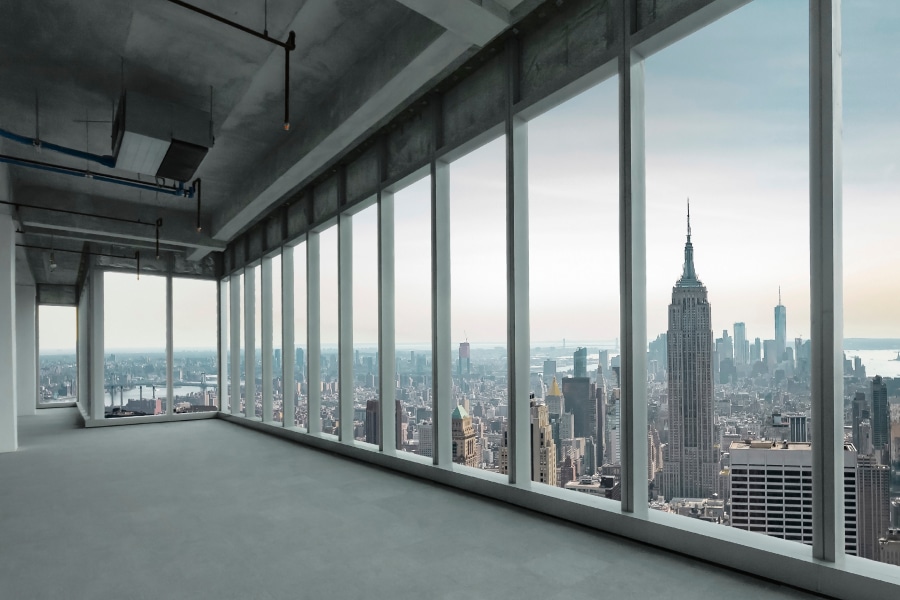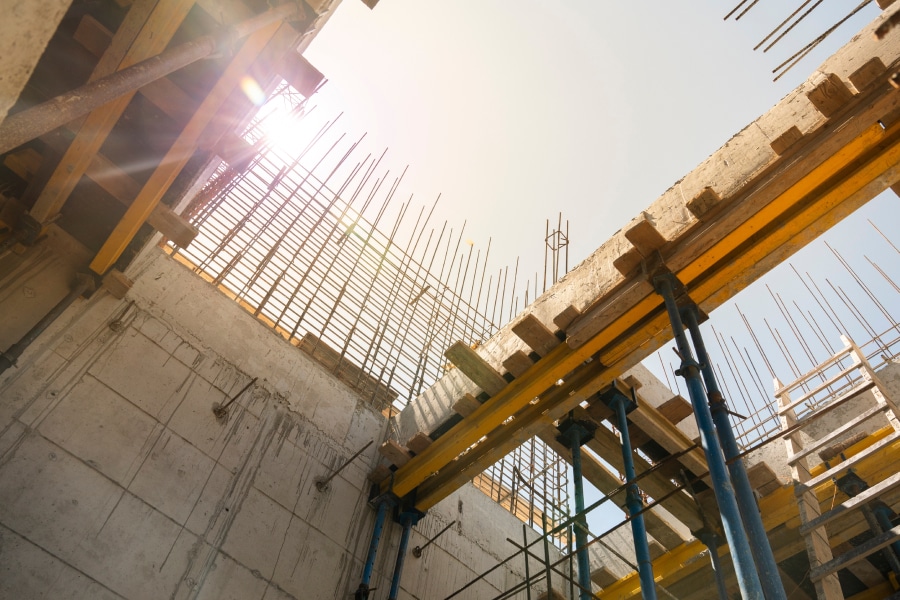Economic Sustainability in the News
World leaders meeting in Glasgow for the COP26 conference recently made much of the need to develop solid and workable strategies for addressing climate change, specifically through reducing carbon emissions via a series of political initiatives.
Bold plans were presented to the world’s media and an expectant public. However, the proof will be in whether the proclamations can be delivered. For now, and despite the urgency, the jury is out.
Nonetheless, there is growing pressure from many quarters for businesses and industries to clean up their act and put in place sustainable economic practices and outcomes which will benefit future generations. This movement has filtered down into a number of industries, especially construction.
Sourcing sustainable materials, ensuring on-site activity is conducted in the most sustainable way possible and delivering longer-lasting schemes are now recognised as the way forward, rather than an exceptional nod to green building.
What Is Economic Sustainability in Construction?
So what is economic sustainability? And what is its impact in the construction industry?
The United Nations’ Brundtland Commission, reporting in 1987, defined sustainability as “meeting the needs of the present without compromising the ability of future generations to meet their own needs.”
Many take this as the starting point for sustainability. Environmental consultancy Circular Ecology states that this definition can be taken further, pointing out that it is widely accepted that to achieve sustainability “we must balance economic, environmental and social factors in equal harmony”. One on its own is not enough— they must work in tandem.
These elements have become known as the ‘Three Pillars’ of sustainability and are often quoted by forward-thinking architects, designers and developers.
Looking at the three pillars individually, Cathi Colla Architects (CCA) describes environmental sustainability as relating to the form, materials and systems associated with a proposed scheme and the site upon which it will be built.
The firm suggests social sustainability, in the case of housing, refers to the creation of inclusive, secure and healthy communities that are well-integrated into wider urban systems.
“The built environment can contribute to a more equal, inclusive and cohesive society if the places where we live, the facilities we use, and our neighbourhoods and meeting places are designed to be accessible and inclusive,” CCA adds.
Meanwhile, economic sustainability is cited as being “the very fine balance between cost and true value,” including an assessment of construction costs, choice of materials and operation expenses.
“A building that has been designed with sustainability in mind—for example, using passive design elements and sustainable materials, fixtures and fittings—should have lower ongoing maintenance costs due to reduced reliance on artificial light or internal climate control,” the firm says.
Reconciling Project Costs and Value
Some argue that building projects which incorporate sustainability features—such as technology to ensure lower operational costs, for example—might cost more to deliver than projects where this is not a feature.
But carried out correctly, such expenditure often leads to better building performance, happier occupants and benefits to the surrounding and wider environment, thanks to sustainable construction practices and supply chain approaches. And in time, this will realise a return on investment that leaves the developer and its backers pleased that they chose the sustainable route.
Of course, any building project is subject to risk, a factor which inevitably makes forecasting the economic sustainability of any scheme potentially difficult to nail down. Researchers at Turin Polytechnic have argued that while lifecycle cost analysis plays an important role in the technological/economic feasibility of a building project, nothing can be wholly certain when the project commences.
According to the researchers, “It is extremely difficult to forecast carefully the socioeconomic context in the long term, where the building operations will take place and what their consequences will be on the project itself.” Yet, this does not stop people pushing the boundaries of what can be achieved with the right mindset, and their efforts can be seen all over the world.
Buildings Can Meet Future Needs Now
Examples of what might reasonably be deemed economically sustainable buildings—certainly as per the aforementioned Brundtland Commission’s sense of the term—include work by Norwegian architect practice Link Arkitektur, such as its design for the Zeb laboratory in Trondheim, “a zero-emission building that produces more renewable energy than its carbon dioxide emissions throughout its lifecycle.”
The firm’s philosophy toward sustainable construction goes beyond the mere environmental, important though that is. As marketing director Rolf Maurseth says: “It is not only the environment that we need to consider in order to create sustainable architecture. Our … goal is that [we] should meet our generation’s needs in a way that does not reduce the opportunities for the next generations.”
Other instances of sustainable construction include Haycroft Gardens, a house built on an infill site in north London for three generations of the same family, which architect Sarah Wigglesworth says was “designed to be long lasting, low impact and energy efficient.”
And then there’s Arup’s Christie Proton Beam Therapy Centre in Manchester, which provides cutting-edge cancer treatment in a building that was delivered using as many environmental and future-proofing elements as possible.
Buildings can be built to last. The modern construction industry has the know-how, technological capabilities and foresight to deliver projects that will serve future generations as well as the present one. It’s only a matter of time before doing things any other way will be unthinkable.

